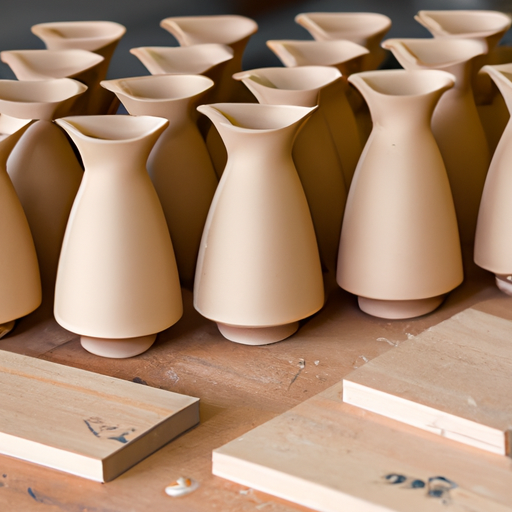With the continuous development of technology, the manufacturing processes of new materials are also constantly being updated and improved. The manufacturing processes of new materials mainly include material design, synthesis, processing, and characterization. This article will introduce the manufacturing processes of new materials from these aspects.

Secondly, material synthesis is a key step in the manufacturing of new materials. Traditional material synthesis methods include solution methods, gas-phase methods, solid-phase methods, etc., but these methods often have problems such as harsh synthesis conditions, low yield, and high energy consumption. Now, some new synthesis methods are being developed and applied, such as sol-gel method, melt method, plasma method, etc. These methods have the advantages of mild synthesis conditions, high yield, low energy consumption, etc., and can prepare high-performance new materials.
Thirdly, material processing is an important part of the manufacturing of new materials. Traditional material processing methods include forging, casting, welding, etc., but these methods often have problems such as low processing accuracy, low processing efficiency, and high processing costs. Now, some new processing methods are being developed and applied, such as laser processing, plasma processing, nano processing, etc. These methods have the advantages of high processing accuracy, high processing efficiency, low processing costs, etc., and can prepare complex shapes and high-precision new materials.
Finally, material characterization is a necessary part of the manufacturing of new materials. Traditional material characterization methods include X-ray diffraction, scanning electron microscopy, atomic force microscopy, etc., but these methods often have problems such as low resolution, narrow detection range, slow detection speed, etc. Now, some new characterization methods are being developed and applied, such as in-situ electron microscopy, in-situ X-ray diffraction, in-situ atomic force microscopy, etc. These methods have the advantages of high resolution, wide detection range, fast detection speed, etc., and can provide comprehensive and accurate characterization of the structure and properties of new materials.
In conclusion, the manufacturing processes of new materials are constantly being updated and improved, with innovations in material design, synthesis, processing, and characterization. These new manufacturing processes can not only improve the performance and quality of materials but also reduce manufacturing costs and energy consumption, promoting the widespread application and development of new materials. It is believed that with the continuous progress of technology, the manufacturing processes of new materials will become more perfect and efficient, making greater contributions to the development and progress of human society.